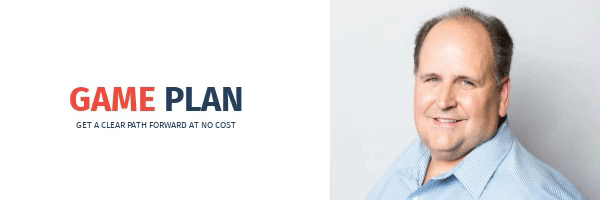In the beginning, there was only one form of marketing. This marketing focused on pushing out advertising that interrupted people (think TV commercials, radio/magazine ads). Called outbound marketing, it used interruption as the primary tool and placed a product or service in the way of the actual information or entertainment that people were consuming. This form of marketing began to shift with the introduction of the internet. In 1999, Seth Godin published a book called, "Permission Marketing," during the era in which search engine optimization (SEO) and inbound marketing began to take shape. But is inbound marketing alone, enough to create growth?
Inbound marketing, the term coined by Brian Halligan and HubSpot, put together all of these value-based elements to provide a system that offers valuable content that could easily be found through SEO and social media sharing. Rather than interrupting people in their pursuit of information, inbound offers them online value that attracts rather than interrupts. It meets qualified customers with valuable content, and it helps them find what they are searching for.
Rather than interrupting people in their pursuit of information, inbound offers them online value that attracts rather than interrupts.
Inbound marketing is more important than ever
Inbound is more important than ever as Google and Facebook have shifted their emphasis to reward the quality of content and its relevance to the web searcher. The demand for quality content online has only increased in the last few years, and what may have started as "put anything online so you can get found," is now "provide content that is best of the web." The approach is to create consistent content that will get high page rankings for SEO.
Inbound provides the anchor and organizing principle for growth marketing.
Inbound offers another important element to marketing that works—it allows for organization of marketing into an effective, connected system. The underlying inbound marketing automation, the philosophy of value first, and the system of trackable response methods help to organize marketing activities.
Why inbound marketing alone, isn't really alone at all
Using an inbound strategy doesn't mean that outbound methods aren't employed too. Pay per click (PPC) marketing, targeted display advertising, paid social ads, account based marketing strategies, and even some strategic print are a compliment to the inbound strategy. But because they are anchored in an inbound approach, they are used strategically instead of indiscriminately.
Inbound doesn't mean, "no ads." Rather, it means organized, strategic marketing. It handles the "plus" of new ad types, video, and other emerging trends.
Here are some ways that inbound provides an anchor to outbound approaches:
- You won't pay for ads when you can own the search ranking with your content (SEO balanced with SEM).
- Ads will fill a strategic role in the buyer's journey, rather than a permanent paid bidding war for customers.
- Everything is tracked and connected; so your ads, CRM, email, social, SEO, and content are measured and integrated for good decision making.
- Customers will meet you earlier in their decision process and build a relationship because you are answering their questions.
- Emerging marketing trends will get connected and supported in an integrated system, rather than a big collection of “one-off" tactics.
Inbound Plus means that your entire marketing strategy can be organized around inbound. Whether it is video, Facebook ads, SEO, PPC, or ads delivered to your target customers via account based marketing, inbound can fuel your growth.





.jpg)
.jpg)
